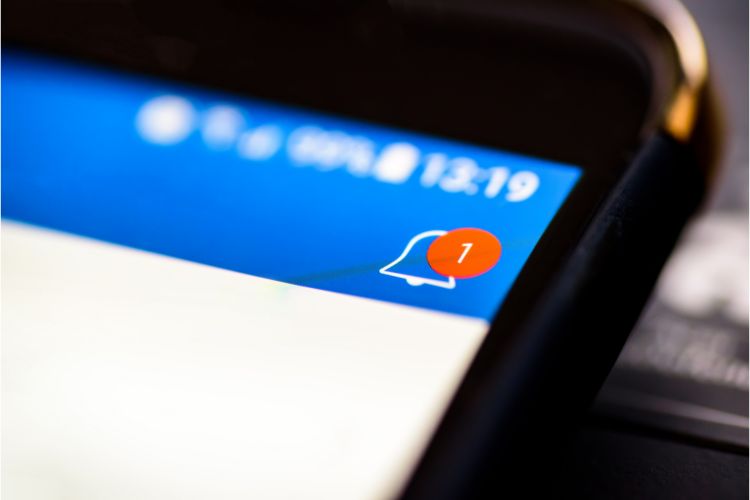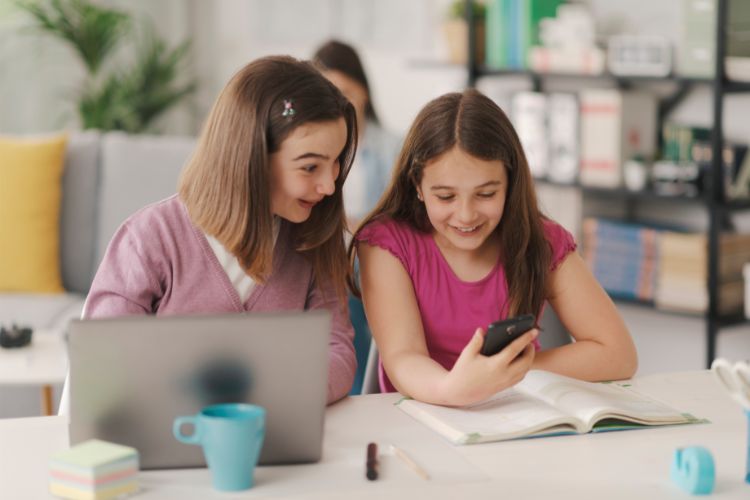Beep, buzz, ding! Can you even remember what a classroom sounded like before the symphony of smartphone notifications? Cellphones have definitely changed the educational landscape. While they offer potential benefits, the distraction factor is undeniable. So, how can teachers maintain focus and harness the power of technology without letting it derail the learning process? Let’s explore strategies for managing cellphone distractions and creating a tech-balanced classroom.
The Cellphone Conundrum: Why They’re So Distracting

Smartphones are little dopamine machines. Every notification, like, or comment triggers a tiny reward system in our brains. While this feels good in the moment, it makes sustained focus incredibly challenging. It’s not just willpower; we’re wired to crave these distractions!
Think of your attention like a spotlight. When you’re deeply focused on a task, that spotlight is bright and tightly focused. Cellphone notifications are like someone flicking a disco ball in the room – your attention scatters, making it hard to refocus on the lesson.
Cellphone Distractions: The Impact on Learning
Even if students manage to avoid actively scrolling social media during class, the mere presence of their phones can be a drain on their cognitive resources. Just knowing it’s there, buzzing with potential excitement, makes it difficult to fully engage with the material.
Distractions caused by cellphones have both short-term and long-term consequences for learning:
- Reduced Information Retention: It’s much harder to retain information when your attention is repeatedly fragmented.
- Shallow Processing: Distractions make it difficult to think deeply or critically about the material being presented.
- Increased Stress and Anxiety: The constant pull of the phone can make students feel stressed and scattered, which further hinders learning.
Helpful Hint:
The impact of cellphone distractions isn’t just about individual students. A distracted classroom creates a less productive and focused learning environment for everyone.
Cellphone Policies in the Classroom
With a firm grasp of the challenges posed by cellphone distractions, how can teachers establish a classroom environment that fosters focus without demonizing technology altogether?
The key lies in creating clear and consistent cellphone policies. Here are some steps to consider:
- Collaborative Policy Development: Involving students in crafting the policy can increase buy-in and ownership. Discuss the importance of focus and brainstorm strategies together.
- Clarity is Key: Clearly outline when and how cellphones can be used, or not used, in the classroom. Will they be collected at the beginning of class? Permitted for research purposes only?
- Consequences for Violations: Establish clear consequences for breaking the rules. These could involve a warning, a phone call home, or even temporary confiscation.
- Communication is Crucial: Communicate the policy clearly to both students and parents. A written document outlining expectations can be helpful.
Should Cellphones Be Banned Altogether?
The question of whether to ban cellphones completely in classrooms is a complex one. There are valid arguments on both sides:
Pros of a Complete Ban
- Eliminates a Major Distraction: With no phones in sight, students are less likely to be tempted by notifications, social media, or games.
- Encourages Present-Moment Learning: Students can more fully engage with the lesson, participate actively in discussions, and absorb information without interruption.
- Creates a Level Playing Field: Reduces the potential for academic dishonesty and ensures that all students have an equal opportunity to succeed without relying on unauthorized phone use for assistance.
Cons of a Complete Ban
- Hinders Tech Integration: Prevents the use of cellphones as tools for research, educational apps, or innovative learning activities.
- Can Feel Restrictive: Might foster resentment in students who feel their autonomy is being curtailed, potentially leading to less engagement overall.
- Doesn’t Address Root of the Problem: While it eliminates the distraction, it doesn’t teach self-regulation or healthy tech habits that are essential for success in a digital world.
Finding the Right Balance
The ideal policy will depend on the specific grade level, classroom culture, and learning objectives. The goal isn’t to demonize technology, but to ensure it’s used as a tool to enhance learning, not hinder it.
Creative Strategies for Managing Cellphone Distractions in the Classroom
So, we’ve established the importance of clear policies, but how can teachers make those policies stick in the real world of a buzzing classroom? Here are some creative strategies to minimize cellphone distractions and create a tech-integrated, yet focused, learning environment:
1. Leverage Technology (Responsibly)
- Designated App Time: Instead of a complete ban, allocate specific times during class for students to use their phones for educational apps or research purposes. This keeps them engaged with technology while staying on task.
- Turn Cellphones into Learning Tools: There are countless educational apps, polling platforms, and even classroom management tools that can leverage technology for active learning.
- Gamification: Educational games and activities can be a great way to engage students and promote healthy competition, all while keeping them focused on their phones for a designated purpose.
2. Make Learning Interactive and Engaging
- Variety is Key: Break up lectures with discussions, activities, and group work. The more actively involved students are, the less likely they’ll be tempted to reach for their phones.
- Project-Based Learning: Encourage students to delve deeper by creating projects that require research, collaboration, and real-world application of knowledge.
- Movement Matters: Short bursts of movement or kinesthetic activities throughout the lesson can help refocus students and reduce restlessness, a common trigger for phone checking.
3. Positive Reinforcement
- Catch Them Being Good: Instead of solely focusing on catching students breaking the rules, acknowledge and praise those who are actively engaged and keeping their phones away.
- Offer Incentives: Create a classroom reward system where students earn points for focused participation, which can translate into privileges or extra activities.
4. Creating a Supportive Environment
- Open Communication: Discuss the challenges of staying focused in a technology-saturated world. Normalize the struggle and create a safe space for students to share their experiences.
- Address Underlying Issues: Sometimes, excessive phone use masks other issues like anxiety or boredom. Be mindful of students who might be using their phones to cope with challenges outside of academics.
- Model Healthy Tech Habits: Teachers can also set a good example by being mindful of their own phone use during class time.
Empowering Students for Lifelong Learning
The ultimate goal isn’t to create a classroom devoid of technology, but to empower students to manage distractions effectively. By fostering a culture of focus and offering alternative ways to engage, teachers can equip students with the skills they need to thrive in a world overflowing with digital stimuli.
FAQs
Wrapping Up
Managing cellphone distractions in the classroom is an ongoing challenge in today’s tech-driven world. Finding the right balance between using technology as a learning tool and minimizing its disruptive potential is key.
By setting clear policies, providing engaging learning experiences, and fostering a culture of focus, educators can set students up for academic success. Remember, the goal is to empower students to manage technology responsibly, preparing them for a lifetime of focused, effective learning and navigating the complexities of a digital world.
